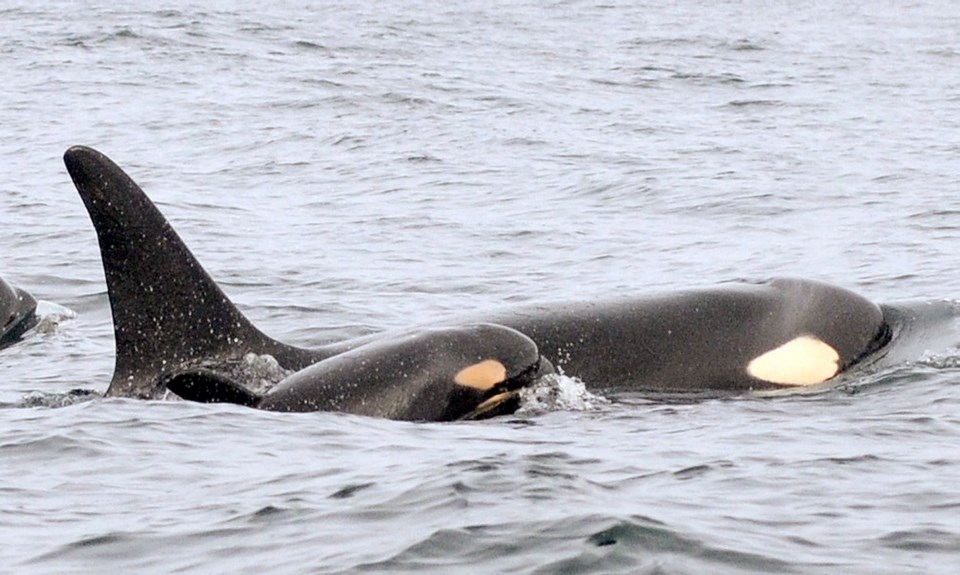The orca calf that recently washed ashore near Tofino was not a member of the endangered southern resident population, says the executive director of the Pacific Whale Watch Association.
It’s now clear the dead calf was not one of the eight born in the past year to the 84-strong southern residents, Michael Harris said.
“We are all so heavily invested in those eight babies, we were just holding our breath,” said the Seattle-based Harris.
The calf was found Tuesday by the Department of Fisheries and Oceans near Tofino.
Harris said it’s not known what group formed the family of the dead calf.
He said it could be an offspring of the 300-odd “transient” orcas, which eat mostly seals and other marine mammals and are less territorial in their behaviour then the resident populations.
Then again, he said, it might have come from a little-known group of “offshore” residents, which live far out to sea and are believed to number about 200.
Or it might have come from the northern residents, of which there are about 280. Their home range stretches from the northern half of Vancouver Island to Alaska. Southern residents, by contrast, range from the area of the Salish Sea — Puget Sound and the Juan de Fuca and Georgia straits — to California.
Harris said laboratory work, including DNA testing, is being conducted to learn more about the dead calf. But that work could take many weeks.
Meanwhile, the eight calves born to the southern residents appear to be doing fine so far, Harris said, adding that young orcas have a mortality rate of about 50 per cent before reaching adulthood.
Also, some fisheries experts are predicting poor salmon runs over the next few years. Chinook salmon make up about 90 per cent of the diet of southern resident orcas, which are listed under both U.S. and Canadian endangered-species regulations.
“As gaga as we are about these baby orcas, we tend to forget a few things,” Harris said.
“We may have had a small baby boom, but eight calves does not a recovery make.”



